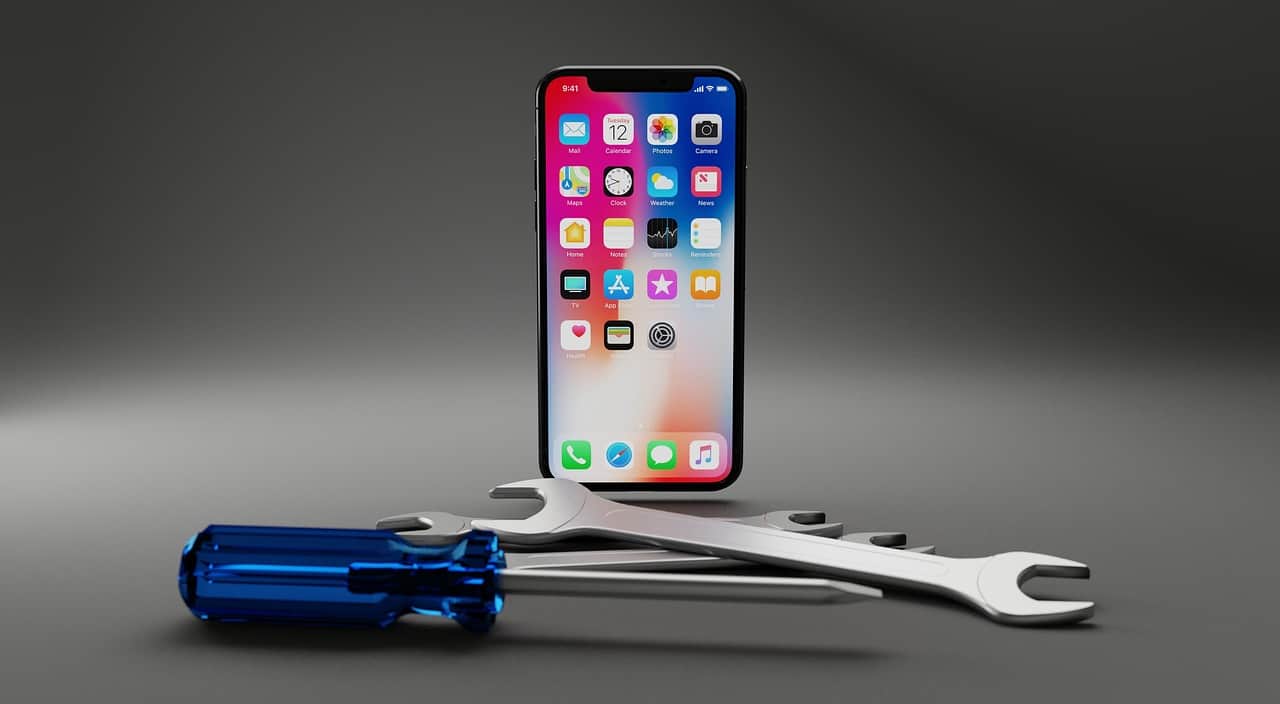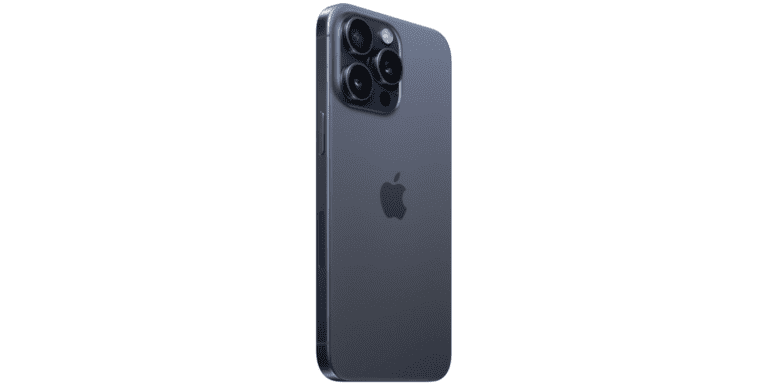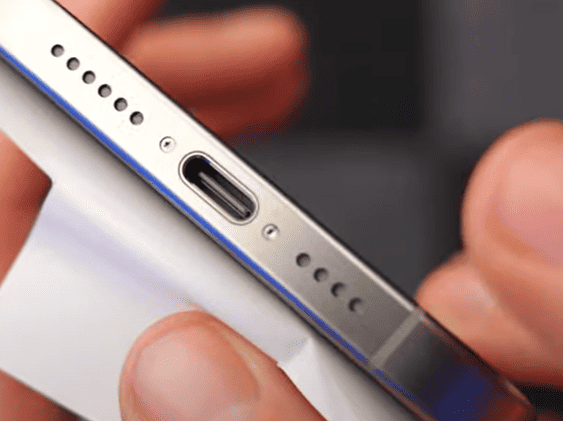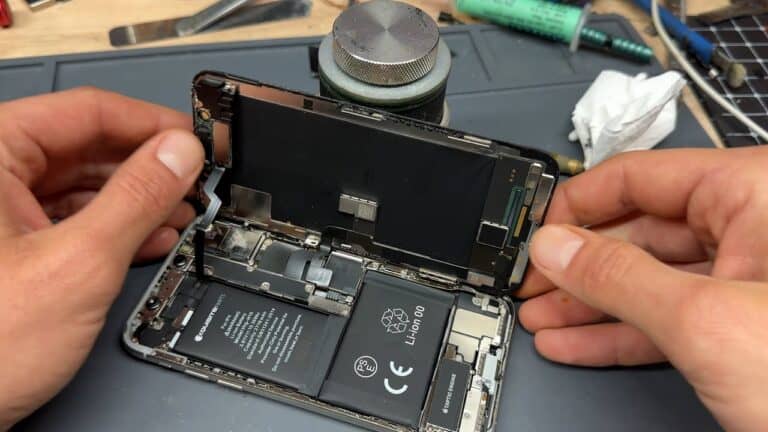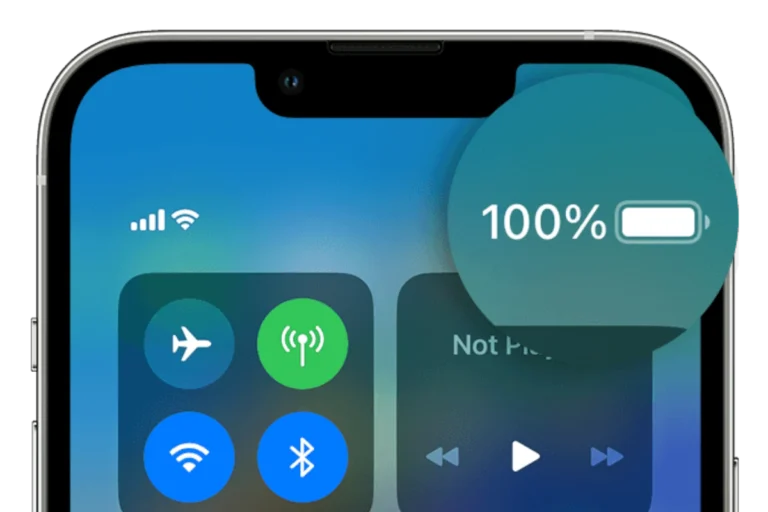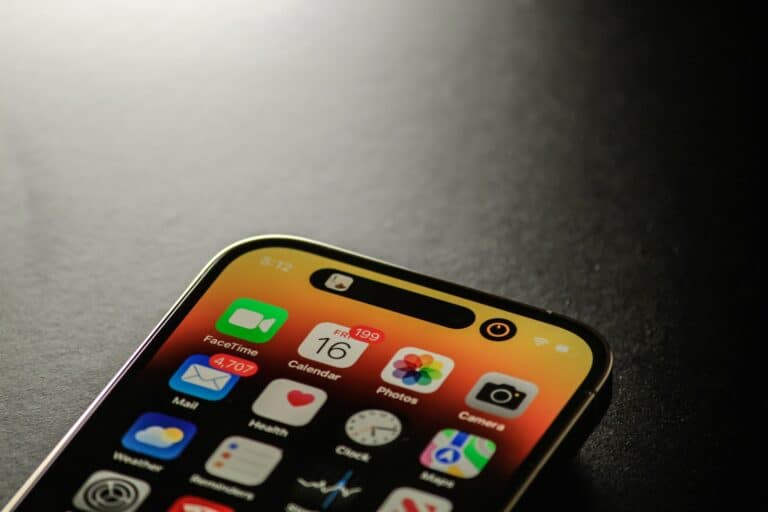When using an iPhone, one common issue users may encounter is a disruption in connectivity, either through cellular data or Wi-Fi networks. These interruptions can prevent you from accessing the internet, making calls, and using data-dependent applications. It’s important for users to understand the various factors that can contribute to iPhone connectivity problems. These can range from outdated iOS software to simple toggling of network settings.
Addressing connectivity issues on an iPhone begins with some basic troubleshooting steps, such as updating the device’s iOS to the latest version and checking network settings. Users should also consider resetting network settings or toggling airplane mode if disruptions persist. For more stubborn connectivity problems, further investigation into network availability and hardware functionality might be required.
Troubleshooting and Solutions
Connectivity problems on an iPhone—whether with cellular data, Wi-Fi, or Bluetooth—can be frustrating and disruptive. This guide provides practical troubleshooting steps and solutions to help you resolve common iPhone connectivity issues quickly and effectively.
Common iPhone Connectivity Problems
- Unable to connect to Wi-Fi or cellular network
- Frequent dropped calls or poor signal strength
- Mobile data not working or slow internet
- Bluetooth devices not pairing or disconnecting
- “No Service” or “Searching” displayed on status bar
Step-by-Step Troubleshooting for iPhone Connectivity Issues
1. Check Your Network Coverage and Status
- Ensure you are in an area with good cellular or Wi-Fi coverage.
- Check if your carrier is experiencing outages by visiting their website or social media.
- For Wi-Fi issues, verify the router is powered on and working for other devices.
2. Toggle Airplane Mode
- Swipe down (or up) to access Control Center.
- Turn Airplane Mode on, wait 10 seconds, then turn it off.
- This resets your iPhone’s wireless radios.
3. Restart Your iPhone
- Press and hold the power button and volume button (or just power button depending on model).
- Slide to power off, wait 30 seconds, then turn your iPhone back on.
4. Forget and Reconnect to Wi-Fi Network
- Go to Settings > Wi-Fi.
- Tap the info (ⓘ) icon next to your network.
- Tap Forget This Network, then reconnect by selecting the network and entering the password.
5. Reset Network Settings
- Go to Settings > General > Transfer or Reset iPhone > Reset > Reset Network Settings.
- This clears saved Wi-Fi passwords, Bluetooth pairings, and cellular settings.
- You will need to reconnect to Wi-Fi networks and re-pair Bluetooth devices afterward.
6. Update iOS to the Latest Version
- Go to Settings > General > Software Update.
- Install any available updates, as they often fix bugs affecting connectivity.
7. Check Carrier Settings Update
- Go to Settings > General > About.
- If a carrier settings update is available, a prompt will appear to install it.
8. Disable VPN or Proxy
- VPN or proxy settings can interfere with network access.
- Disable VPN apps or proxy settings in Settings > VPN or Settings > Wi-Fi > Network > Configure Proxy.
9. Check Bluetooth Settings
- Toggle Bluetooth off and on via Control Center or Settings > Bluetooth.
- Forget and re-pair problematic Bluetooth devices.
10. Inspect SIM Card
- Remove your SIM card and reinsert it carefully.
- If damaged or faulty, contact your carrier for a replacement.
Advanced Solutions
Restore iPhone via iTunes/Finder
- Backup your iPhone.
- Connect to a computer and restore iOS via iTunes (Windows/macOS Mojave) or Finder (macOS Catalina and later).
- This can fix deeper software issues causing connectivity problems.
Contact Apple Support or Carrier
- If problems persist, reach out to Apple Support or your cellular carrier.
- Hardware issues such as antenna damage may require professional repair.
Preventive Tips
- Keep your iPhone’s software up to date.
- Regularly restart your device to clear temporary glitches.
- Avoid installing untrusted apps that may affect network settings.
- Use official chargers and accessories to prevent hardware damage.
Summary
Most iPhone connectivity issues can be resolved by toggling Airplane Mode, restarting the device, resetting network settings, updating software, and checking carrier settings. If problems persist, more advanced steps like restoring iOS or contacting support may be necessary.
Troubleshooting iPhone Network problems
If you’re having trouble connecting your iPhone to Wi-Fi or a cellular network, don’t worry! There are several common problems you might encounter and easy solutions you can try to get your phone back online.
Check the Basics
Before diving into more complex fixes, let’s cover the obvious possibilities:
- Airplane Mode: Ensure Airplane Mode is turned off as it cuts off all wireless connections. You can find the Airplane Mode toggle in Settings or the Control Center.
- Wi-Fi and Cellular Settings: Go to Settings and make sure Wi-Fi and Cellular Data (if needed) are turned on.
- Signal Strength: If you’re seeing low signal bars for cellular data, your location might have poor coverage. Try moving around to see if the network connection improves.
Restart Your Devices
Sometimes the simplest solution is the best:
- Restart your iPhone: Turn your phone off and on again.
- Restart your router: If you’re having Wi-Fi issues, power cycle your wireless router.
Forget and Rejoin the Wi-Fi Network
Forgetting a Wi-Fi network and rejoining with the password can clear up simple connection problems.
- Go to Settings > Wi-Fi.
- Tap the info button (the “i” in a circle) next to the network’s name.
- Tap Forget This Network.
- Rejoin the network and re-enter the password.
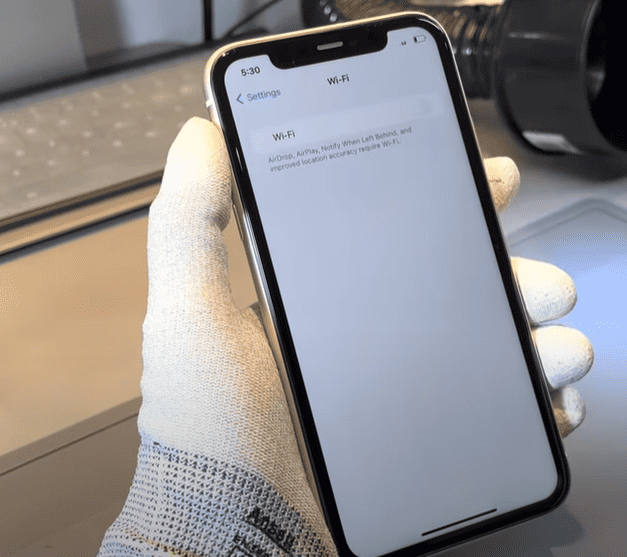
Reset Network Settings
If the previous steps didn’t help, resetting network settings can often solve more complex connectivity problems. Keep in mind that this will remove saved Wi-Fi networks and their passwords.
- Go to Settings > General > Transfer or Reset [Device] > Reset.
- Tap Reset Network Settings.
Troubleshooting Table
| Problem | Possible Solutions |
|---|---|
| No Wi-Fi Connection | Check router, restart devices, forget and rejoin network, reset network settings |
| Weak Wi-Fi Signal | Move closer to router, check for interference |
| Can’t Connect to Cellular | Check signal strength, ensure Cellular Data is on, contact carrier |
| Slow Cellular Data | Check data plan limits, move to a stronger signal area, reset network settings |
If none of these solutions work, you may need to contact your cell phone carrier or Apple Support for further assistance.
Key Takeaways
- Users often face connectivity issues on their iPhones affecting calls and internet use.
- Basic troubleshooting includes iOS updates and checking network settings.
- Persistent problems may require resetting network settings or contacting support.
Understanding iPhone Connectivity
iPhone connectivity is crucial for accessing the internet, making calls, and using apps. A strong connection depends on both network quality and the proper settings on your device.
Network Fundamentals
Carriers provide network coverage through various technologies like 3G, LTE, and 5G. Your iPhone’s ability to connect to the internet relies on the signal strength of these networks. If you’re far from a tower or inside certain buildings, your signal may weaken.
Wi-Fi and Cellular Settings
Manage your iPhone’s connection to Wi-Fi and the cellular network in the settings. For Wi-Fi, ensure you’re connected to a functioning network. For cellular data, check if it’s toggled on. A VPN can alter your internet access, so consider this if you face issues.
Common iPhone Connectivity Problems
Problems like ‘no service’ or weak Wi-Fi can stem from network outages or incorrect settings. Sometimes, toggling airplane mode or Wi-Fi can fix these issues. Reset network settings if the problem persists.
Hardware Considerations
Your iPhone’s hardware, like the SIM card and antenna, affects connectivity. A damaged SIM card or interference from a case can lead to poor signal strength. Apple support can assist with hardware checks.
Software and Updates
Software updates from Apple, including iOS or carrier settings, can resolve connectivity problems. Always update to the latest version to ensure optimal performance. If troubles arise after an update, a restart can help.
Resolving Connectivity Issues
When facing iPhone or iPad connection issues, it’s essential to adopt a structured approach to troubleshooting. This segment breaks down the steps one can take to restore connectivity, ranging from simple initial fixes to more complex solutions.
Initial Troubleshooting Steps
A user could start with quick fixes that often solve basic issues. First, they can toggle their Wi-Fi off and on. To do this, users should go to Settings, select Wi-Fi, and switch it off. After waiting a few seconds, they should switch it back on. If this doesn’t work, toggling Airplane Mode may help. Users should do the following:
- Open Settings.
- Toggle Airplane Mode on.
- Wait for 30 seconds.
- Toggle Airplane Mode off.
If the problem persists, a restart of the device might resolve it. Press and hold the power button until the slider appears, then slide to power off, and press the power button again to turn the device on after a few seconds.
Advanced Solutions and Support
Should basic troubleshooting fail, users can reset network settings by going to Settings > General > Reset Network Settings. They must enter their password and confirm the reset. This action will erase all previously used networks and their passwords, so they will need to re-enter them.
If these steps do not fix the issue, users should check if a software update is available by going to Settings > General > Software Update. Installing the latest iOS version can fix known bugs and improve performance.
In cases where users cannot resolve their issues independently, contacting customer service or visiting a support center may provide the necessary assistance.
Device-Specific Connectivity Guidance
Different iPhone and iPad models can have unique connectivity methods. For example, users with an iPhone 6 or iPhone 6s can check for carrier-settings updates in their device settings. To get these updates, they should:
- Tap Settings
- Go to General
- About
- Follow any prompts if an update is available
While these steps apply broadly, upcoming devices such as the iPhone 15 may have more advanced features that require different troubleshooting methods. Users should consult their device manual or online resources specific to their model for precise instructions.
Frequently Asked Questions
When experiencing iPhone connectivity issues, resolving them can be straightforward. Below are common questions with direct answers to help get your iPhone back online smoothly.
What steps can I take to resolve cellular data problems on my iPhone?
Check if your cellular data is turned on in Settings. If it is, try toggling it off and on. Sometimes, resetting these settings can fix data issues.
How can I fix an iPhone that displays ‘No Service’ or ‘SOS only’?
Make sure you’re in an area with network coverage. If the problem persists, try enabling Airplane mode for a few seconds and then turning it off.
What should I do if my iPhone is not recognizing my SIM card?
Restart your iPhone first. If this doesn’t help, re-insert your SIM card or try using another SIM card to see if the problem lies with the card itself.
Why might my iPhone experience sudden service interruptions?
Service interruptions could be due to network issues or an outdated carrier settings update. Check for a carrier settings update under Settings > General > About.
How can I perform a network settings reset on my iPhone?
Go to Settings > General > Reset and tap ‘Reset Network Settings’. This action removes all network settings, returning them to factory defaults.
What are potential causes for poor connection quality on an iPhone?
Poor connection quality might result from a low signal, interference, or issues with the network provider. Check signal strength and ensure there’s no interference from other electronic devices.

